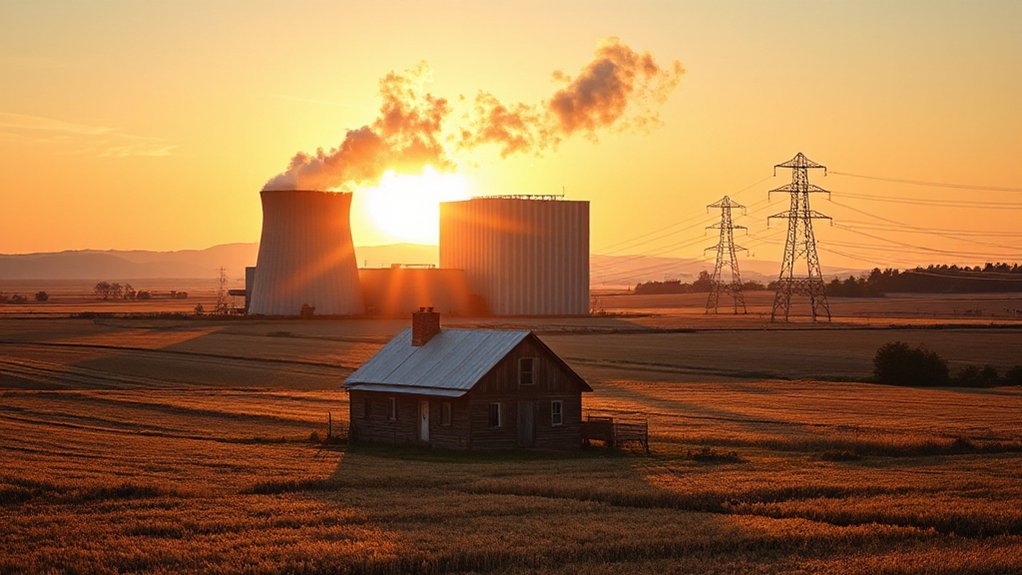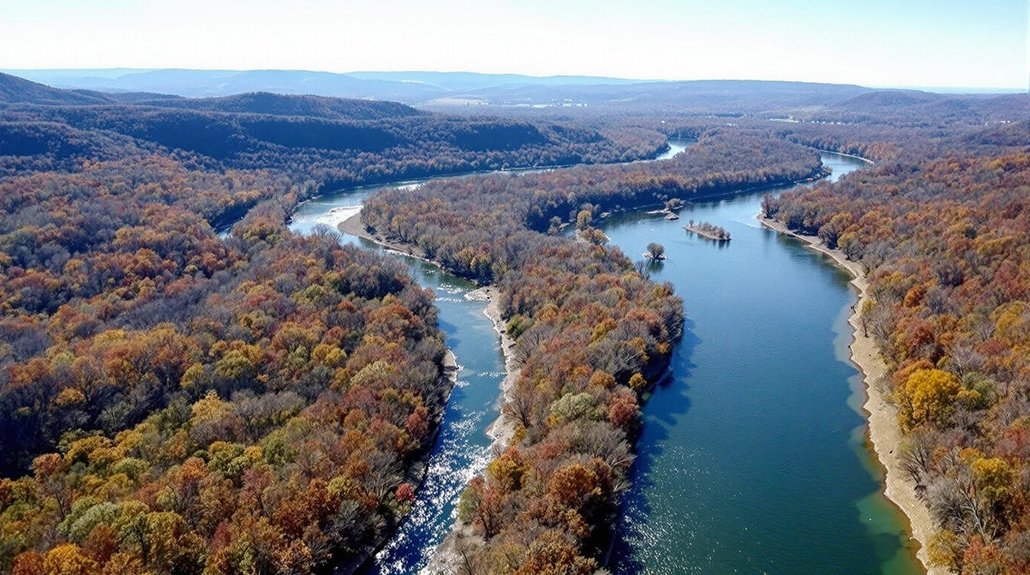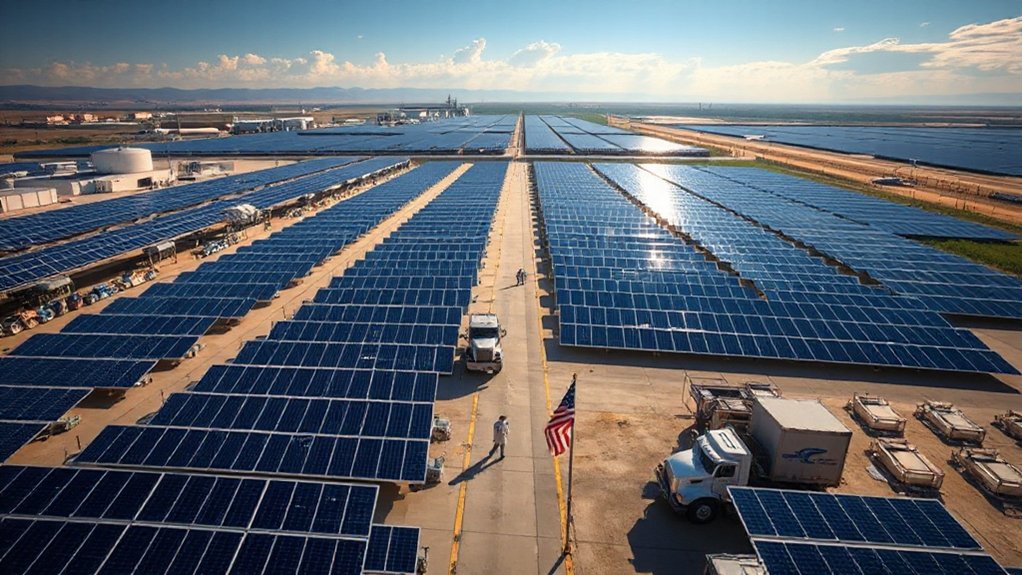While coastal tech hubs continue to grapple with sky-high real estate prices and energy constraints, the rural Midwest is experiencing its own technological gold rush. Companies like Google and Amazon are dumping billions into massive data centers across Ohio, Illinois, and beyond. Why? Simple economics. Land is dirt cheap. Energy costs less. And those sweet, sweet tax breaks keep rolling in.
The math makes sense. These facilities need space—lots of it. They need power—even more of it. The Midwest delivers both, plus a strategic location smack in the middle of the country. Lower latency for everyone! The wind farms dotting the landscape provide that green energy tech companies love to brag about in their sustainability reports.
Strategic Midwest placement: abundant land, affordable power, and prime geography deliver digital speed with a side of green bragging rights.
But there’s trouble in paradise. These digital warehouses suck electricity like teenagers drain phone batteries. Local power grids strain under the demand. With global data center power demand estimated at 55 GW in 2024 and AI energy usage forecasted to grow at 44.7% annually, rural infrastructure faces unprecedented pressure. Water consumption? Astronomical. Some facilities use millions of gallons daily just for cooling. That’s a lot of H2O for buildings that employ shockingly few permanent workers after construction.
The fiber situation isn’t great either. Rural areas still lack the dense network infrastructure these facilities crave. Weather poses another challenge—turns out servers don’t love tornados or ice storms. Who knew?
Towns desperate for economic revival roll out the red carpet, but the question looms: are they getting a fair deal? A typical data center might create thousands of construction jobs but only dozens of permanent positions. Meanwhile, electricity rates climb for everyone else.
The irony doesn’t escape locals. Their communities, once manufacturing powerhouses, now host warehouses full of servers instead of workers. Still, investment is investment. Cities like Columbus and emerging secondary markets like Des Moines are riding the wave. These locations offer streamlined permitting processes that significantly reduce project timelines for developers eager to break ground.
The Midwest data center boom isn’t slowing down. With AI driving demand through the roof, these digital factories will keep multiplying across the heartland. The Midwest region’s impressive $3.1 billion in spending for data centers in the first half of 2025 underscores this dramatic transformation. Paradise for tech companies? Absolutely. For rural communities? The jury’s still deliberating.
References
- https://news.constructconnect.com/constructconnect-data-center-report-for-august-2025
- https://www.datacenters.com/news/follow-the-power-why-developers-are-choosing-the-midwest
- https://www.axios.com/2025/04/16/midwest-data-center-growth-energy-usage
- https://insideclimatenews.org/news/28102025/rural-midwest-data-center-boom/
- https://www.imarcgroup.com/united-states-data-center-construction-market
- https://www.cbre.com/insights/reports/north-america-data-center-trends-h1-2025
- https://www.reamp.org/wp-content/uploads/2025/06/Data-Centers-in-the-Midwest-and-Beyond.pdf
- https://constructforstl.org/old-factories-empty-offices-help-fuel-midwest-data-center-building-boom/
- https://www.jll.com/en-us/insights/market-dynamics/north-america-data-centers








